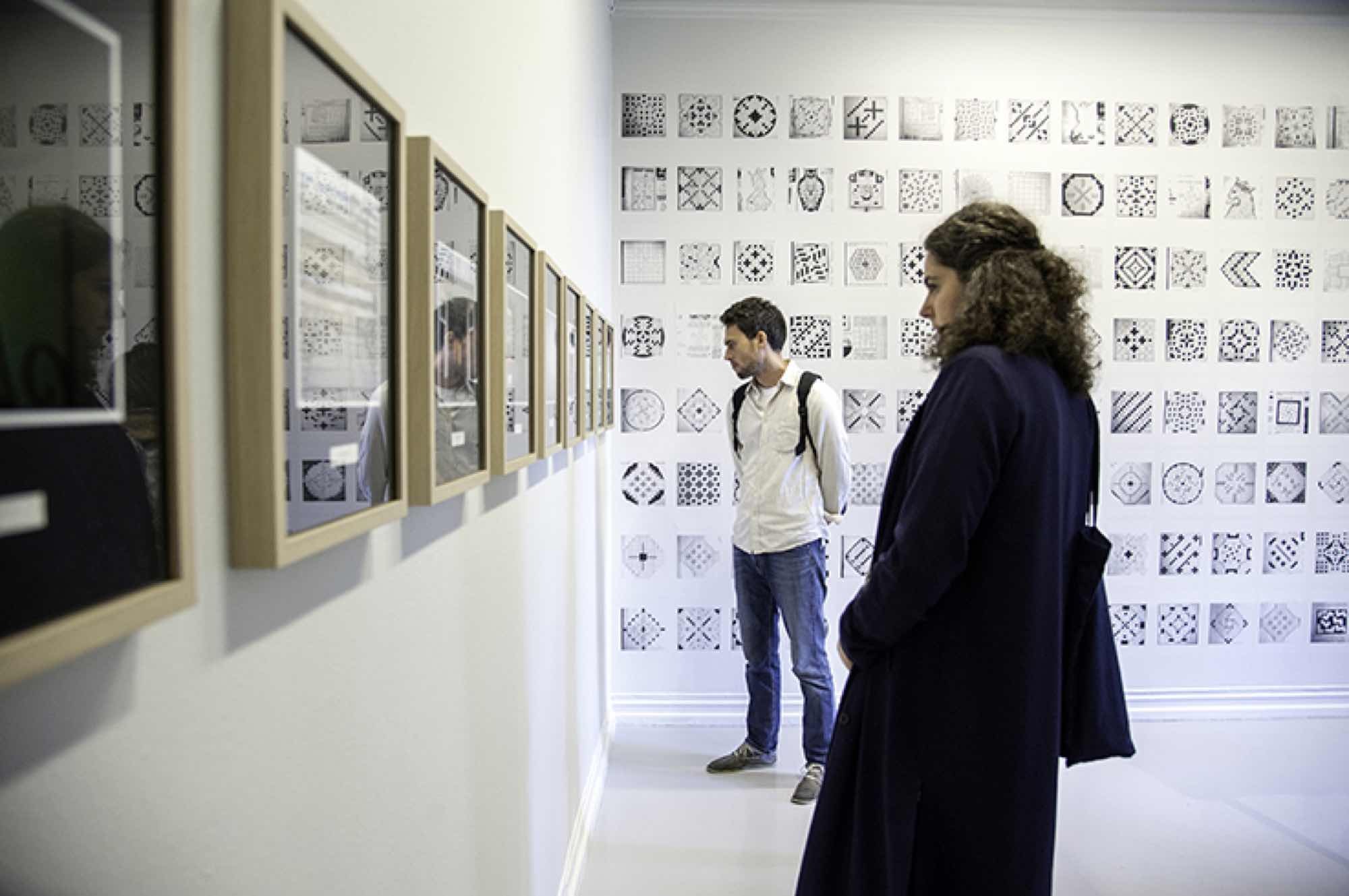MOMENTUM 8
TUNNEL VISION
13 Jun - 27 Sep 2015
CURATORS:
Jonatan Habib Engqvist
Birta Gudjonsdottir
Stefanie Hessler
Toke Lykkeberg
The 8th Momentum Nordic Biennial of Contemporary Art explores tunnel vision as a cultural and artistic condition. Today’s networked culture not only generates hyper connectivity, but also various disconnects. People and communities can thrive in bubbles of their own. Momentum 8 focuses on artists and cultural producers who inhabit worlds of their own logic and follow their thoughts all the way through.
Although the biennial is international in scope, Momentum 8 also digs into a Nordic sentiment of geographic and cultural seclusion. The biennial takes place in Moss, a small city just outside of Oslo where Edvard Munch withdrew for four years. The relative solitude that he enjoyed there, and which helped to cultivate his eclectic and highly personal practice, is not exceptional. Rather, it is exemplary. Tunnel vision might be prone to cultural condemnation as alarmingly asocial, but it has for a long time also lent itself to artistic celebration as disarmingly eccentric. While Momentum 8 addresses phenomena symptomatic of contemporary society and culture, it also deals with the persistent idea of ‘a room of one’s own’ as a premise for artistic practice.
Current techno-scientific developments encourage individualism at the same time as they foster segregated communities into which one can delve and disappear. The personalization of the Internet through the abundant use of cookies and matching metadata algorithms sparks so-called filter-bubbles and you-loops: User data is collected and deployed in a manner that determines what we find and subsequently also what we seek. Our web search queries thus confirm the existing world-view of each and every one of us. If the Internet has been a window to the world, it is now also our own mirror image on the screen.
Immersion in self-referential loops is echoed in a renewed interest in psychotropic substances in society at large. Whereas the psychedelic movement of the 1960s was concerned with mind expansion, what interests us here are experiences of a narrowing-down of the mind – a state similar to that which one might achieve through trance or meditation. Such a centering might for instance take the form of obsessive claustrophobia, where insights seem lucid simply because everything else is blanked out. Submerged in a constant flow of information, we find that multitasking and directed concentration are in demand simultaneously. At present, new chemicals, drugs and technologies are used in order to create a tunnel vision that narrows down this spectrum of information and our access to it.
Addressing conspiracy theories, paranoia and altered states of mind, the exhibition explores what might be called compressed consciousness, that may appear incestuous, navel-gazing or idiosyncratic.
At Momentum 8, the theme of tunnel vision will unfold as a multisensory experience triggering altered states of mind and physical awareness. The exhibition aims at creating an atmosphere that appeals to all six senses, and which ties the various venues and events together across time and space.
Jonatan Habib Engqvist
Birta Gudjonsdottir
Stefanie Hessler
Toke Lykkeberg
The 8th Momentum Nordic Biennial of Contemporary Art explores tunnel vision as a cultural and artistic condition. Today’s networked culture not only generates hyper connectivity, but also various disconnects. People and communities can thrive in bubbles of their own. Momentum 8 focuses on artists and cultural producers who inhabit worlds of their own logic and follow their thoughts all the way through.
Although the biennial is international in scope, Momentum 8 also digs into a Nordic sentiment of geographic and cultural seclusion. The biennial takes place in Moss, a small city just outside of Oslo where Edvard Munch withdrew for four years. The relative solitude that he enjoyed there, and which helped to cultivate his eclectic and highly personal practice, is not exceptional. Rather, it is exemplary. Tunnel vision might be prone to cultural condemnation as alarmingly asocial, but it has for a long time also lent itself to artistic celebration as disarmingly eccentric. While Momentum 8 addresses phenomena symptomatic of contemporary society and culture, it also deals with the persistent idea of ‘a room of one’s own’ as a premise for artistic practice.
Current techno-scientific developments encourage individualism at the same time as they foster segregated communities into which one can delve and disappear. The personalization of the Internet through the abundant use of cookies and matching metadata algorithms sparks so-called filter-bubbles and you-loops: User data is collected and deployed in a manner that determines what we find and subsequently also what we seek. Our web search queries thus confirm the existing world-view of each and every one of us. If the Internet has been a window to the world, it is now also our own mirror image on the screen.
Immersion in self-referential loops is echoed in a renewed interest in psychotropic substances in society at large. Whereas the psychedelic movement of the 1960s was concerned with mind expansion, what interests us here are experiences of a narrowing-down of the mind – a state similar to that which one might achieve through trance or meditation. Such a centering might for instance take the form of obsessive claustrophobia, where insights seem lucid simply because everything else is blanked out. Submerged in a constant flow of information, we find that multitasking and directed concentration are in demand simultaneously. At present, new chemicals, drugs and technologies are used in order to create a tunnel vision that narrows down this spectrum of information and our access to it.
Addressing conspiracy theories, paranoia and altered states of mind, the exhibition explores what might be called compressed consciousness, that may appear incestuous, navel-gazing or idiosyncratic.
At Momentum 8, the theme of tunnel vision will unfold as a multisensory experience triggering altered states of mind and physical awareness. The exhibition aims at creating an atmosphere that appeals to all six senses, and which ties the various venues and events together across time and space.

